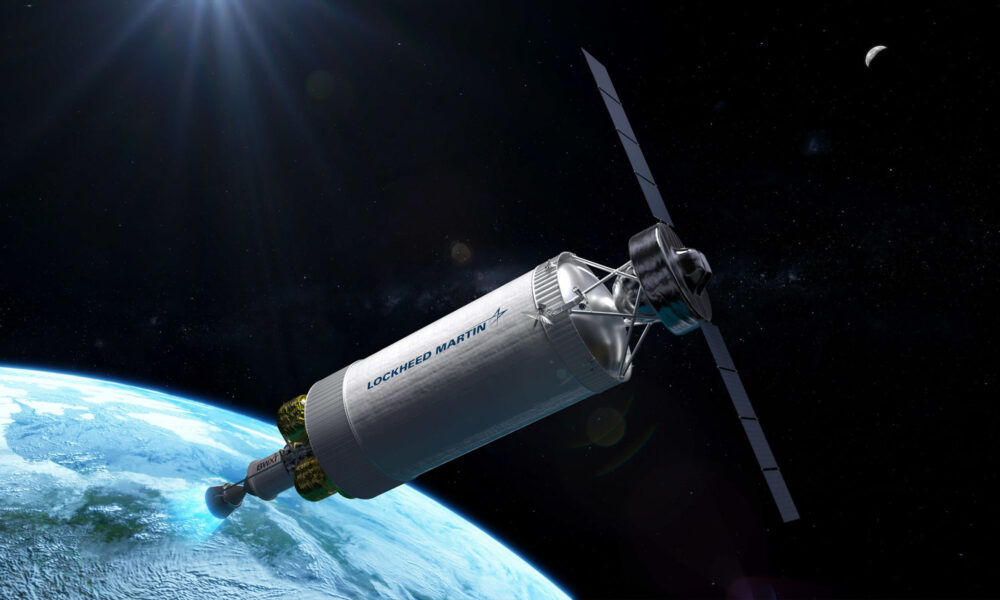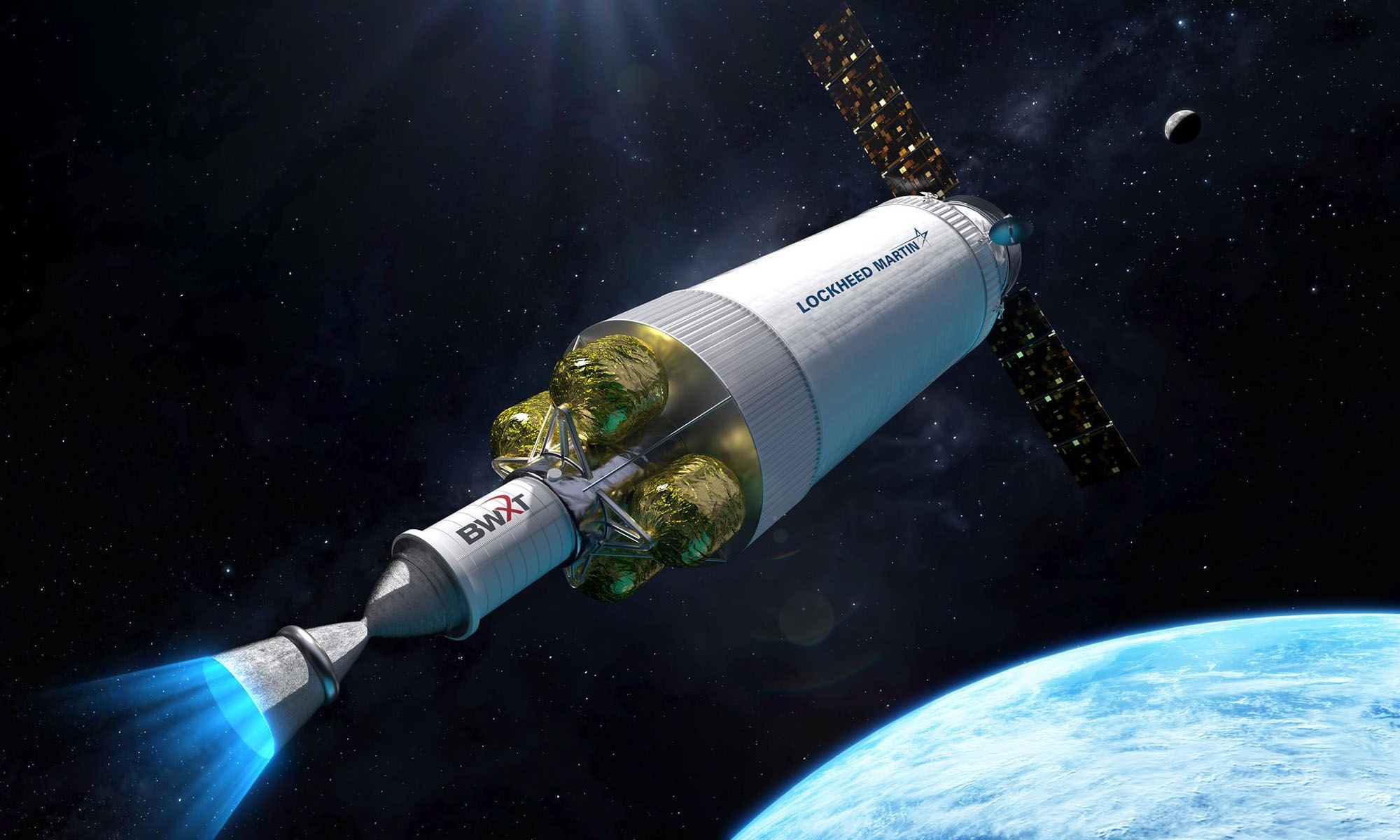News
NASA Chooses Lockheed Martin To Build Nuclear Mars Rocket
The spacecraft will use a reactor from BWX Technologies to travel to the red planet.

NASA and DARPA have chosen Lockheed Martin to build a spacecraft featuring a nuclear rocket engine. The project is known as the Demonstration Rocket for Agile Cislunar Operations (DRACO), and should be ready for trials by 2027, in the hope that it will eventually be used for missions to Mars.
The rocket will use Nuclear thermal propulsion (NTP), which has several advantages over conventional chemical-powered engines. Nuclear power is up to five times more efficient than rocket fuel, which means that future spacecraft will be able to travel significantly further with a larger payload.
“These more powerful and efficient nuclear thermal propulsion systems can provide faster transit times between destinations,” explained Kirk Shireman, VP of Lunar Exploration Campaigns for Lockheed Martin. “Reducing transit time is vital for human missions to Mars to limit a crew’s exposure to radiation”.

The NTP system will use a nuclear reactor to rapidly heat hydrogen propellant to very high temperatures. The gas is then funneled through the engine’s nozzle, creating thrust. “This nuclear thermal propulsion system is designed to be extremely safe and reliable, using High Assay Low Enriched Uranium (HALEU) fuel to rapidly heat a super-cold gas,” explained reactor developers BWX Technologies. “As the gas is heated, it expands quickly and creates thrust to move the spacecraft more efficiently than typical chemical combustion engines”.
Also Read: Take A Balloon Journey To Space, Complete With Fine Dining!
To help alleviate concerns about radioactive leaks, NASA and DARPA will use a conventional rocket to take the new spacecraft out of Earth’s orbit before powering up the reactor after the ship has reached a safe distance.
